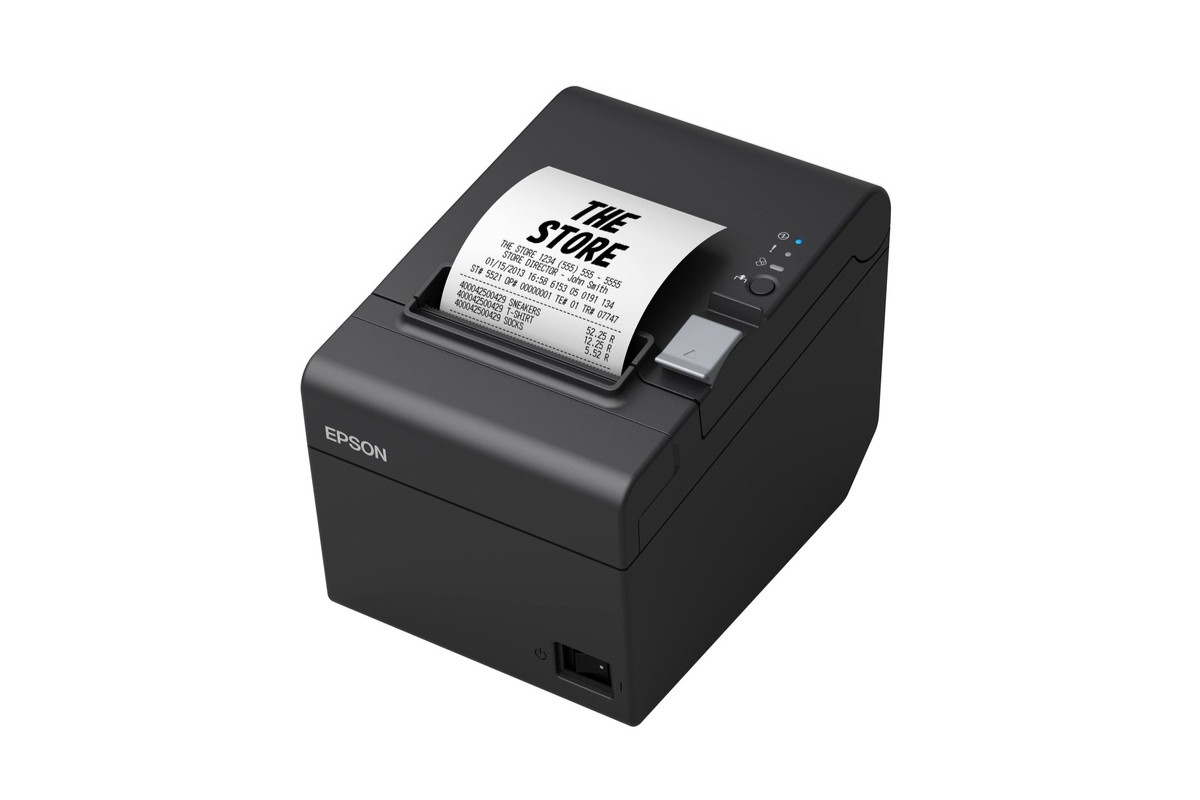
Receipt printers might seem like simple devices, but they play a crucial role in our daily lives. From grocery stores to restaurants, these machines ensure smooth transactions and accurate records. Ever wondered how they work or what makes them tick? Thermal printing technology is often behind these handy gadgets, providing quick, quiet, and reliable service. Some models even offer wireless connectivity, making them versatile for various business needs. Whether you're a business owner or just curious, understanding these devices can be quite enlightening. Let's dive into 26 fascinating facts about receipt printers that will change how you see these everyday tools.
What is a Receipt Printer?
Receipt printers are essential devices in retail, hospitality, and many other industries. They print out transaction receipts for customers, ensuring smooth business operations. Here are some interesting facts about these handy machines.
-
First Receipt Printer: The first receipt printer was invented in the early 1970s. It revolutionized how businesses handled transactions.
-
Thermal Printing: Most modern receipt printers use thermal printing technology. This method uses heat to produce images on special thermal paper.
-
Dot Matrix Printers: Before thermal printers, dot matrix printers were common. They use a print head that moves back and forth, striking an ink-soaked ribbon against the paper.
-
Speed: Thermal receipt printers can print at speeds up to 300mm per second. This makes them incredibly efficient for high-volume transactions.
-
Durability: Thermal printers are known for their durability. They have fewer moving parts compared to dot matrix printers, reducing the likelihood of mechanical failure.
Types of Receipt Printers
Different types of receipt printers cater to various business needs. Understanding these types can help in choosing the right one for your business.
-
Thermal Printers: As mentioned, these are the most common. They are fast, quiet, and require no ink or toner.
-
Impact Printers: These are also known as dot matrix printers. They are ideal for printing on multi-part forms, such as carbon copies.
-
Inkjet Printers: Less common for receipts, inkjet printers are used when color printing is necessary.
-
Portable Printers: These are small, battery-operated printers. They are perfect for mobile businesses like food trucks or market stalls.
Advantages of Using Receipt Printers
Receipt printers offer several benefits that make them indispensable in many industries.
-
Efficiency: They streamline the checkout process, reducing wait times for customers.
-
Cost-Effective: Thermal printers, in particular, are cost-effective. They don't require ink or toner, just thermal paper.
-
Reliability: These printers are reliable and have a long lifespan, especially thermal printers.
-
Compact Size: Most receipt printers are compact, saving valuable counter space.
-
Easy Maintenance: They are easy to maintain, with simple paper roll replacements and minimal cleaning required.
Environmental Impact
Receipt printers also have an environmental impact, which is an important consideration in today's world.
-
Paper Waste: Receipt printers contribute to paper waste. However, many companies are moving towards digital receipts to mitigate this.
-
Energy Consumption: Thermal printers consume less energy compared to other types, making them more eco-friendly.
-
Recyclable Materials: Some receipt printers are made from recyclable materials, reducing their environmental footprint.
Innovations in Receipt Printing
Technological advancements have led to several innovations in receipt printing.
-
Wireless Printing: Many modern receipt printers support wireless printing, allowing for more flexible placement and use.
-
Integration with POS Systems: Receipt printers can be integrated with Point of Sale (POS) systems, streamlining operations.
-
Customizable Receipts: Businesses can customize receipts with logos, promotional messages, and QR codes.
-
E-Receipts: Some receipt printers can send digital receipts via email or SMS, reducing paper use.
Fun Facts
Here are some fun and lesser-known facts about receipt printers.
-
Longest Receipt: The longest receipt ever printed was over 57 feet long. It was printed by a shopper at CVS who bought a single pack of gum.
-
Receipt Paper Sensitivity: Thermal paper is sensitive to heat and light. Storing it in a cool, dark place can prolong its life.
-
Color Printing: While rare, some thermal printers can print in two colors, usually black and red.
-
Receipt Collecting: Some people collect receipts as a hobby. They find unique designs and historical receipts fascinating.
-
Receipt Printers in Space: Receipt printers have even been used in space. Astronauts on the International Space Station use them to print important documents.
Receipt printers are more than just mundane office equipment. They have a rich history, various types, and numerous benefits that make them essential in many industries.
The Final Print
Receipt printers might seem like simple gadgets, but they pack a punch in the world of retail and beyond. From their humble beginnings to the advanced thermal printers of today, these devices have evolved to meet the needs of businesses everywhere. They’re not just about printing receipts; they help with inventory management, customer satisfaction, and even marketing.
Understanding the different types, features, and uses of receipt printers can make a big difference in choosing the right one for your business. Whether you’re running a small café or a large retail chain, the right printer can streamline operations and improve customer experience.
So next time you get a receipt, take a moment to appreciate the technology behind it. It’s more than just a piece of paper; it’s a testament to how far we’ve come in making transactions smoother and more efficient.
Was this page helpful?
Our commitment to delivering trustworthy and engaging content is at the heart of what we do. Each fact on our site is contributed by real users like you, bringing a wealth of diverse insights and information. To ensure the highest standards of accuracy and reliability, our dedicated editors meticulously review each submission. This process guarantees that the facts we share are not only fascinating but also credible. Trust in our commitment to quality and authenticity as you explore and learn with us.
